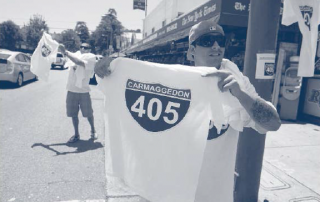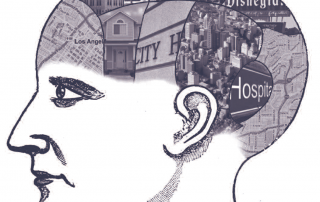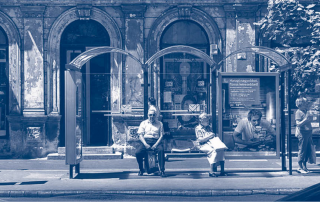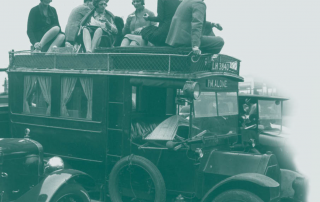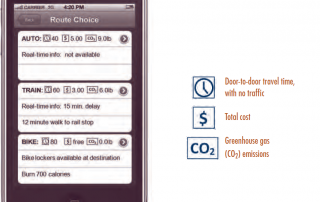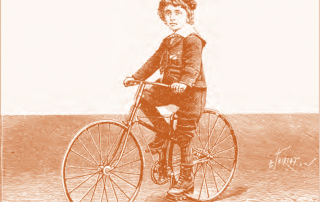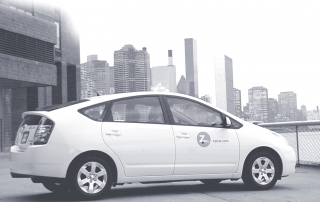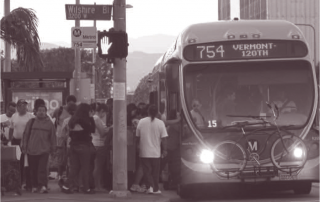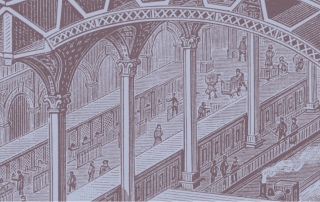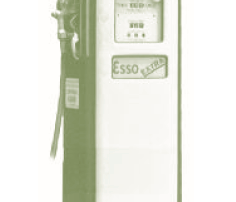Carmageddon in Los Angeles: The Sizzle and the Fizzle
Brian D. Taylor and
Martin Wachs
“Carmageddon” refers to the horrific traffic jams predicted when a bridge reconstruction project in Los Angeles required closing 10 miles of the Interstate 405 freeway on two weekends. The closed freeway through the Sepulveda Pass between West Los Angeles and the San Fernando Valley is one of the most heavily traveled arteries in the world, with more than half a million vehicles passing through on a typical summer weekend. Traffic from the closures was predicted to back up for miles and spill onto local streets, severely congesting some parts of Los Angeles.
Download the PDF.

